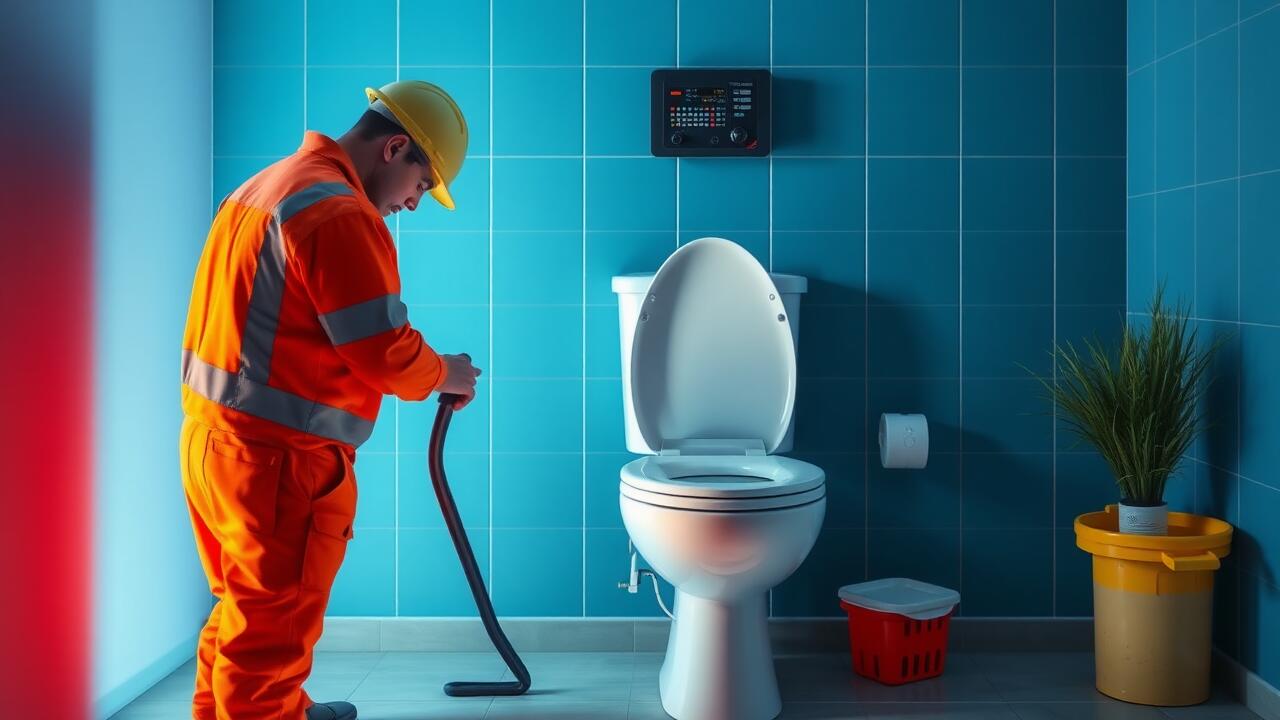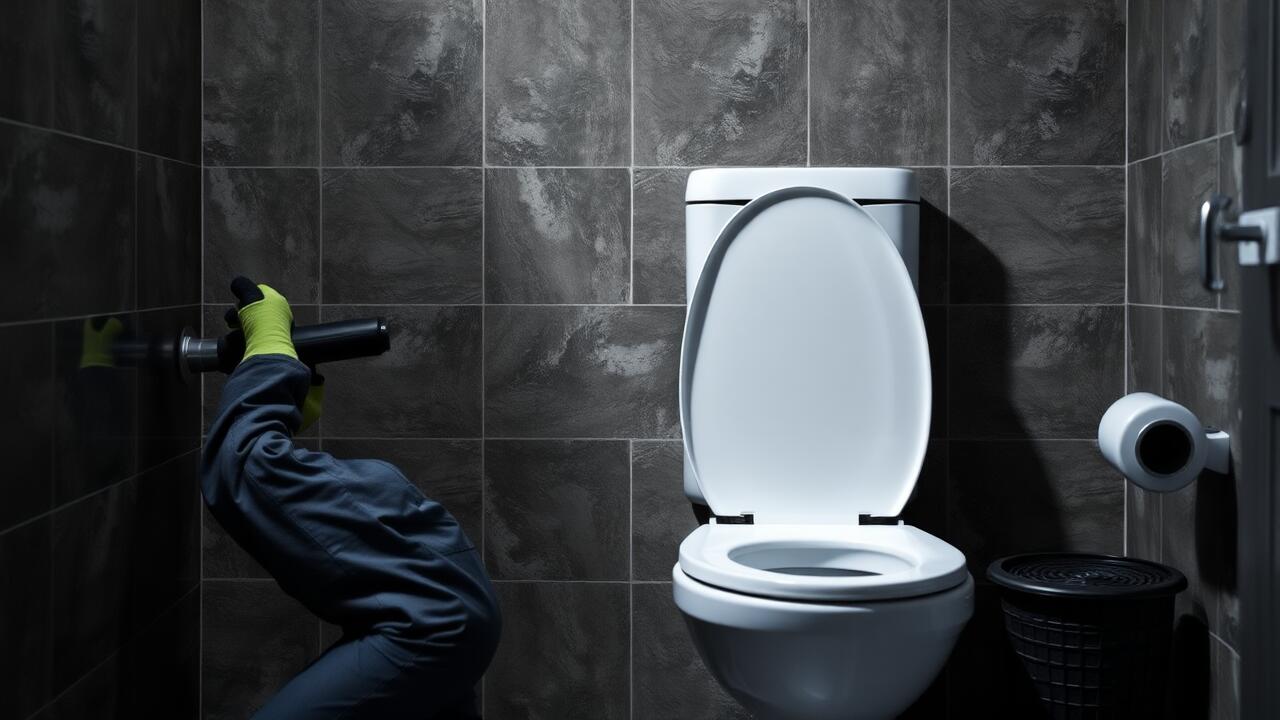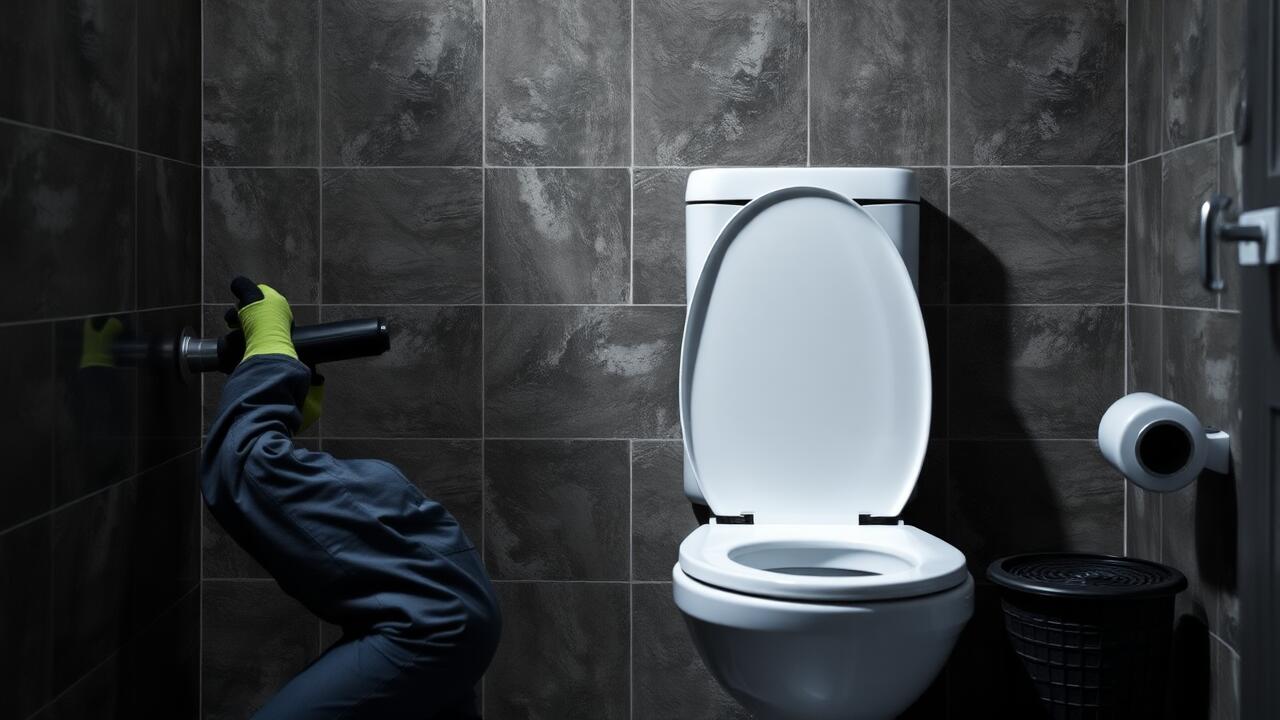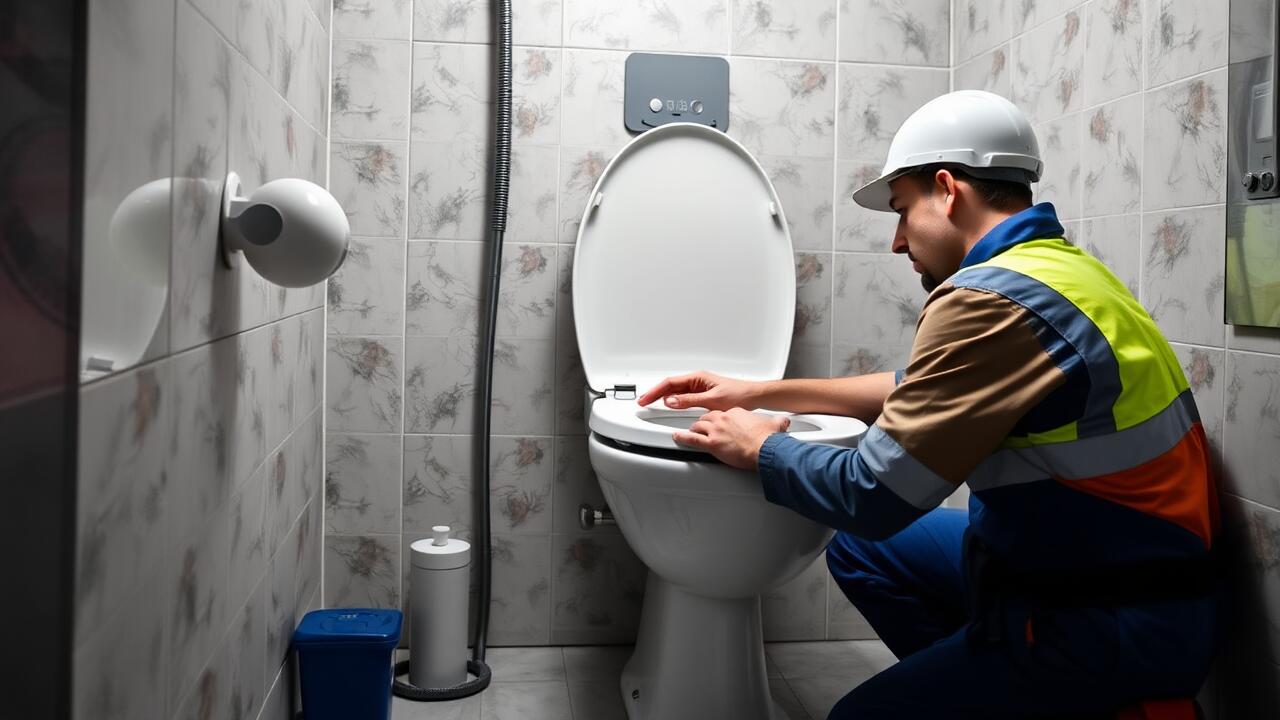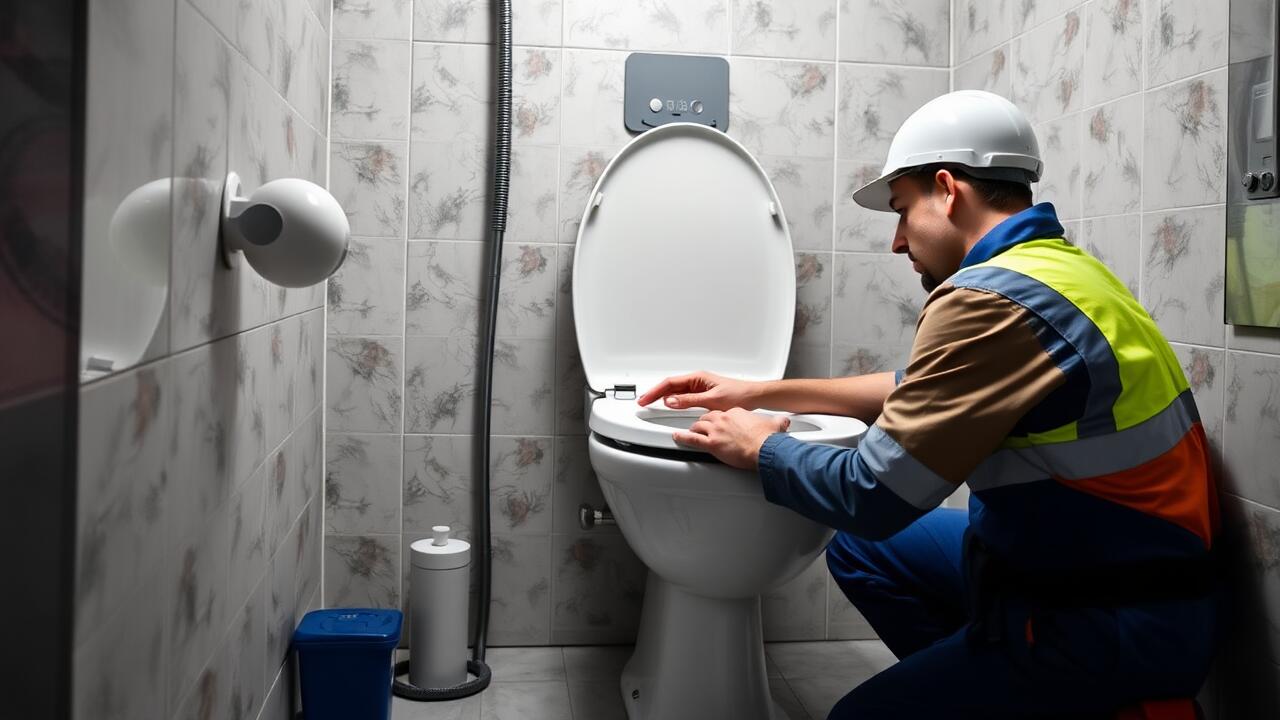
Electrical Requirements for Smart Toilets
Smart toilets typically require a dedicated electrical outlet to operate effectively. These fixtures often feature advanced functionalities such as heated seats, automatic lid openers, and integrated bidets, all of which consume electricity. An existing outlet near the installation site may suffice, but in some instances, a new outlet may need to be installed to meet safety codes and ensure sufficient power supply.
Homeowners considering a smart toilet in areas like San Pedro, Los Angeles should verify their electrical systems can support these units. In cases where the current wiring is outdated or insufficient, an upgrade might be necessary. This may involve hiring a qualified electrician to assess and potentially enhance the electrical infrastructure. Proper installation ensures the toilet functions optimally and minimizes risks of electrical issues.
Upgrading Electrical Systems
Upgrading electrical systems is often necessary when installing a smart toilet. These high-tech units demand more power than traditional models. Depending on the current electrical setup in your home, modifications may include installing dedicated circuits or enhancing existing wiring. Homeowners should consult with licensed electricians to ensure compliance with local codes and to determine the best approach for safety and efficiency.
In areas like Northridge, Los Angeles, toilet installation may require specific upgrades due to older infrastructure. Homes built several decades ago might not accommodate the electrical load a smart toilet requires. An update can involve replacing breakers, adding conduit, or even upgrading the panel. Assessing and preparing the electrical system not only supports the new toilet but can improve the overall functionality of your home’s electrical network.
Regional Variations in Installation Pricing
The cost of installing smart toilets can vary significantly depending on the region in which they are being installed. In urban areas with a higher cost of living, such as New York City or San Francisco, installation fees tend to be higher than in rural locations. Factors such as labor costs and demand for plumbing services contribute to these regional price differences. If you're considering a smart toilet installation in Northridge, Los Angeles, you may encounter a diverse pricing structure influenced by the local market, availability of skilled installers, and specific municipal regulations.
Additionally, regional variations can affect the choice of products and service providers. In some areas, there may be more competition among contractors, which can lead to better pricing options for homeowners. In contrast, regions with fewer installation specialists might see inflated prices due to limited supply. Those interested in smart toilet installation should conduct thorough research on local service providers and compare quotes to find the best deal for their needs.
Cost Comparisons Across Different States
The cost of installing smart toilets can vary significantly from state to state. In states with a higher cost of living, such as California and New York, homeowners often face installation prices that exceed the national average. For example, in San Pedro, Los Angeles, toilet installation typically costs more due to increased labor expenses and local regulations that may influence pricing. Homeowners in these regions should budget accordingly, as both the cost of the unit itself and installation services can be substantially higher compared to less urbanized areas.
Conversely, states in the Midwest and South often experience lower installation costs, primarily due to a more competitive labor market and generally lower material costs. Regions like Texas or Ohio showcase a more affordable pricing landscape, making smart toilets a feasible upgrade for many homeowners. However, the overall decision may still hinge upon regional plumbing codes and the availability of experienced installers. As trends towards smart home technology grow, potential buyers should thoroughly research local pricing to find the best deal for their needs.
Maintenance Costs After Installation
After installing a smart toilet, ongoing maintenance costs can vary significantly based on usage and the specific model chosen. Regular servicing may include replacing parts like seat cushions, control panels, or even tank components. Many manufacturers recommend an annual check-up to ensure optimal function, which can add to long-term expenses. Homeowners should also consider potential increases in water bills due to the toilet's advanced features.
Residents in areas such as Northridge, Los Angeles, may face specific regional challenges that influence maintenance costs. Availability of parts and local service providers can affect pricing and convenience. Additionally, some manufacturers offer service plans that provide periodic maintenance for a fixed fee. This can give peace of mind to homeowners who want to ensure their smart toilet remains in top condition without being surprised by unexpected repair bills.
Long-Term Care and Service Plans
Many manufacturers of smart toilets offer long-term care and service plans to ensure optimal functioning over time. These plans often cover regular maintenance services, emergency repairs, and the replacement of parts. The investment in a maintenance plan can save homeowners from unexpected costs associated with malfunctions or breakdowns, particularly in the early years of use. Additionally, having a technician regularly check the smart features can enhance performance and prolong the lifespan of the unit.
When considering such options, it’s important to evaluate local service availability, as this can vary significantly by region. In areas like Northridge, Los Angeles Toilet installation services may include specific packages that cater to smart toilet maintenance. Homeowners should compare what different providers offer, ensuring their plans are comprehensive enough to cover both routine upkeep and unforeseen issues. Selecting an appropriate plan can ultimately enhance the user experience and maintain the functionality of the smart toilet for years to come.
FAQS
What is the average cost to install a smart toilet?
The average cost to install a smart toilet typically ranges from $1,000 to $5,000, depending on the model and additional installation requirements.
Are there any specific electrical requirements for smart toilets?
Yes, smart toilets usually require a dedicated electrical outlet, and in some cases, an upgrade to the electrical system may be needed to support their features.
How do installation costs vary by region?
Installation costs can vary significantly by region, with urban areas generally experiencing higher labor costs compared to rural locations.
What are some long-term maintenance costs associated with smart toilets?
Long-term maintenance costs can include occasional repairs, replacement parts, and service plans, which may range from $100 to $500 annually depending on usage and model.
Is it possible to install a smart toilet myself?
While some homeowners may attempt a DIY installation, it is generally recommended to hire a professional plumber to ensure proper installation and compliance with electrical requirements.
